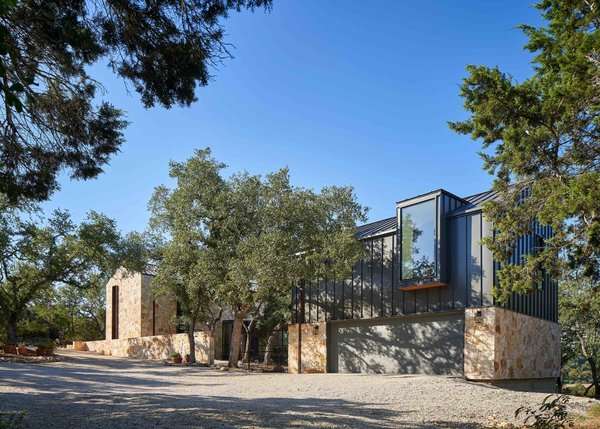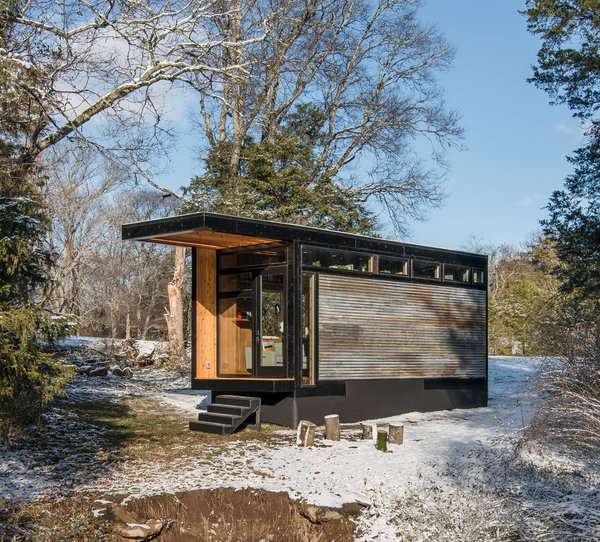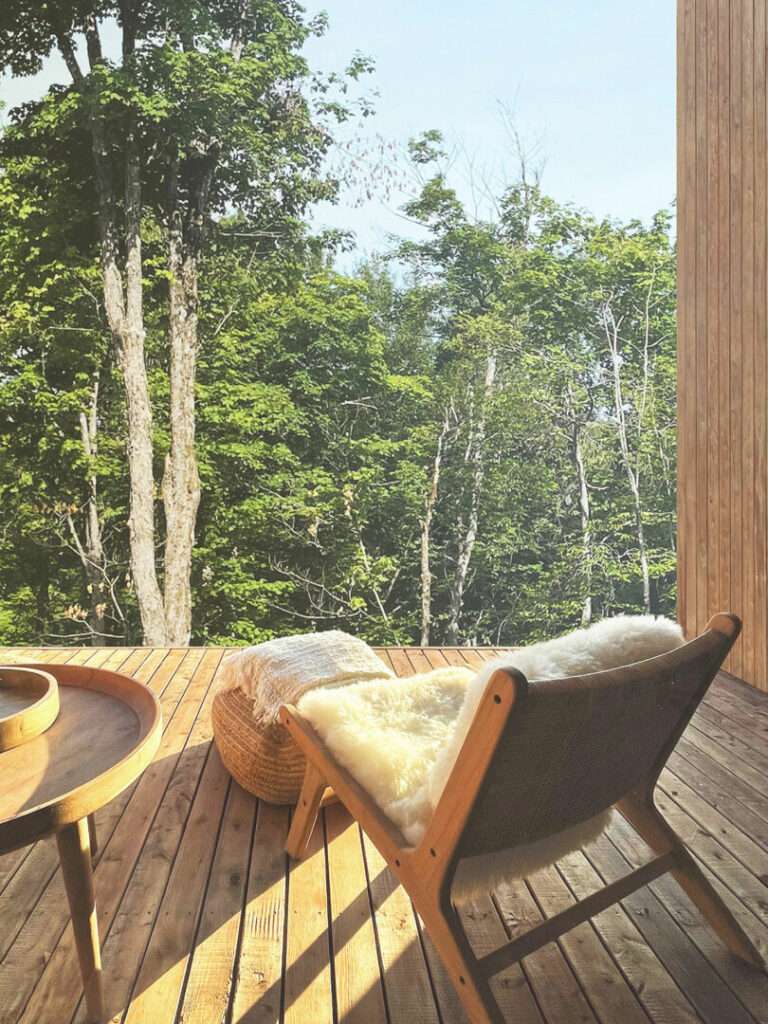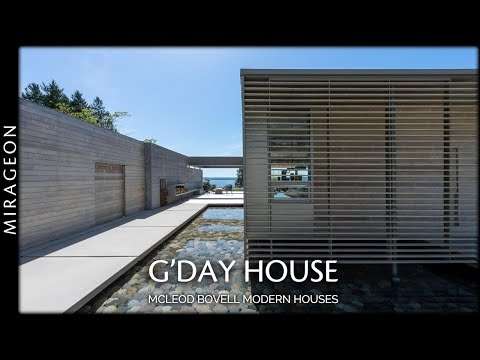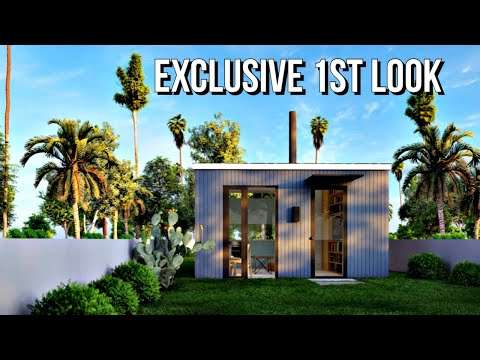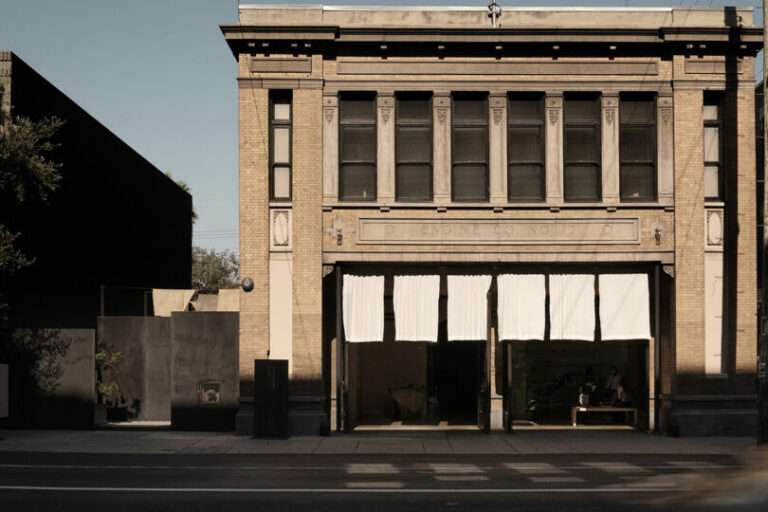Head over to https://www.baselane.com/kerry to sign up for Baselane for free and check out their free toolkit!
I found the first OOD Golden House in America in the corner of a factory in Houston. OOD recently announced their limited edition golden house that is 25% bigger than their signature series and will be limited to only 79 homes produced. The Golden House is finished with different decor and has a unique pricing structure that is not common in the industry. Watch to learn more about the OOD Golden House, a limited edition prefab home with Mirrored Glass on 3 sides.
Check out Ood: https://oodhouse.com
Add me on instagram: https://www.instagram.com/kerrytarnow/?hl=en
_______________________________________
Shop my Amazon Store for items I’m using, wearing and like:
https://www.amazon.com/shop/kerrytarnow
What I’m Wearing:
https://amzn.to/3IE6lwQ
Get In my Kitchen:
https://amzn.to/43iobz3
What I’m using to make Videos:
https://amzn.to/3MnJU0k
*all content on this YouTube channel reflects my own person opinion and should not be taken as legal advice or investment advice. Please seek out the guidance of trained and licensed individuals before making any decisions. Some of the links that appear on this video are from companies which Kerry Tarnow will earn an affiliate commission.
#hometour #prefabhome #modularhome
